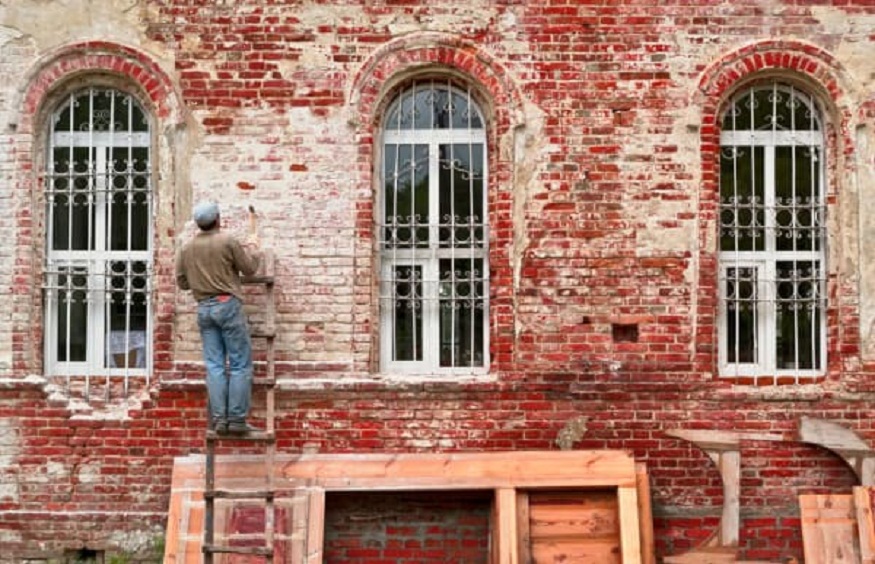Listed buildings are a treasured part of our architectural heritage, offering a tangible link to our past and contributing to the unique character of our towns and cities. However, these historical structures present unique challenges when implementing modern fire safety measures. The delicate balance between preserving the integrity of these buildings and ensuring they meet current safety standards is a complex issue that requires careful consideration and expert knowledge.
The Importance of Fire Safety in Listed Buildings
By their very nature, listed buildings are often constructed using traditional materials and methods that may not align with modern fire safety standards. Many of these structures feature timber frames, ornate wooden staircases, and other highly combustible elements that can pose significant fire risks. Additionally, the layout of these buildings may not conform to contemporary standards for escape routes and compartmentalisation.
Despite these challenges, it is crucial to implement effective fire safety measures in listed buildings. Not only is this essential for protecting the lives of occupants and visitors, but it also helps to safeguard the building itself – an irreplaceable piece of our cultural heritage.
Key Challenges in Implementing Fire Safety Measures
When it comes to enhancing fire safety in listed buildings, several key challenges must be addressed:
- Structural Limitations: Many listed buildings have structural features that cannot be altered without compromising their historical significance. This can make it challenging to install modern fire safety systems or create additional escape routes.
- Aesthetic Considerations: Visible fire safety equipment, such as alarms, extinguishers, and signage, can detract from the historicambience of a listed building. Finding ways to integrate these elements discreetly is essential.
- Material Compatibility: Modern fire-resistant materials may not be compatible with the original building materials in terms of appearance and chemical composition.
- Regulatory Compliance: Balancing the requirements of fire safety regulations with the restrictions imposed by listed building status can be complex and often requires negotiation with various authorities.
Innovative Solutions for Fire Safety in Listed Buildings
Despite these challenges, numerous innovative solutions can enhance fire safety in listed buildings while respecting their historical integrity. Capital Fire Doors specialises in providing bespoke fire safety solutions for listed buildings, offering various options combining modern protection with sympathetic design.
Fire Doors: A Critical Component
Fire doors play a crucial role in the fire safety strategy of any building, and listed buildings are no exception. However, installing fire doors in a listed building requires a careful approach to ensure they provide the necessary protection without compromising its character.
Capital Fire Doors offers custom-made fire doors that can be designed to match the style and period of the listed building. These doors can be crafted using traditional techniques and materials, incorporating modern fire-resistant cores and intumescent seals. This approach allows for the creationof fire doors that are virtually indistinguishable from the original doors yet provide the required level of fire protection.
Discreet Fire Detection and Suppression Systems
Modern technology has enabled the installation of highly effective fire detection and suppression systems almost invisible to the casual observer. Wireless smoke detectors can be discreetly placed in inconspicuous locations, while mist suppression systems can provide fire protection with minimal water usage and damage to historical artefacts.
Compartmentalisation Strategies
Creating fire-resistant compartments within a listed building can significantly enhance its fire safety without requiring extensive structural modifications. This can be achieved by strategically placing fire doors and using fire-resistant materials to line existing walls and ceilings.
Case Study: Preserving History and Ensuring Safety
A prime example of successful fire safety implementation in a listed building is the recent restoration of a 17th-century manor house in Gloucestershire.
The solution involved a multi-faceted approach:
- Custom Fire Doors: Bespoke fire doors were crafted to match the existing Georgian-style doors throughout the building. These doors incorporated modern fire-resistant materials and intumescent seals while maintaining the authentic appearance of the original doors.
- Hidden Fire Detection: A state-of-the-art wireless fire detection system was installed carefully concealed within existing architectural features.
- The compartment was installed The building was divided into fire-resistant compartments using a combination of existing structural elements and discreetly added fire-resistant materials.
- Escape Route Enhancement: Existing corridors and staircases were subtly modified to improve their function as escape routes without altering their historical appearance.
The result was a comprehensive fire safety upgrade that met modern standards while preserving the manor house’s height and appeal.
Conclusion: A Collaborative Approach
Enhancing fire safety in listed buildings requires a collaborative approach involving heritage experts, fire safety professionals, and specialist suppliers like Capital Fire Doors. Combining expert knowledge of historic architecture with innovative fire safety solutions can protect these valuable buildings and their occupants without compromising their unique character.
The key to success lies in early consultation and careful planning. By involving fire safety experts from the outset of any restoration or renovation project, it’spossible to create solutions that meet both safety requirements and conservation objectives.
As we continue to cherish and protect our architectural heritage, innovative approaches to fire safety will play a crucial role in ensuring that listed buildings remain safe, functional, and accurate to their historical roots for generations to come.

